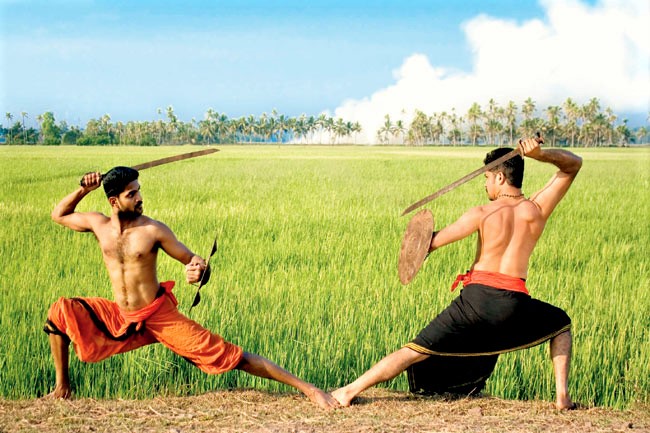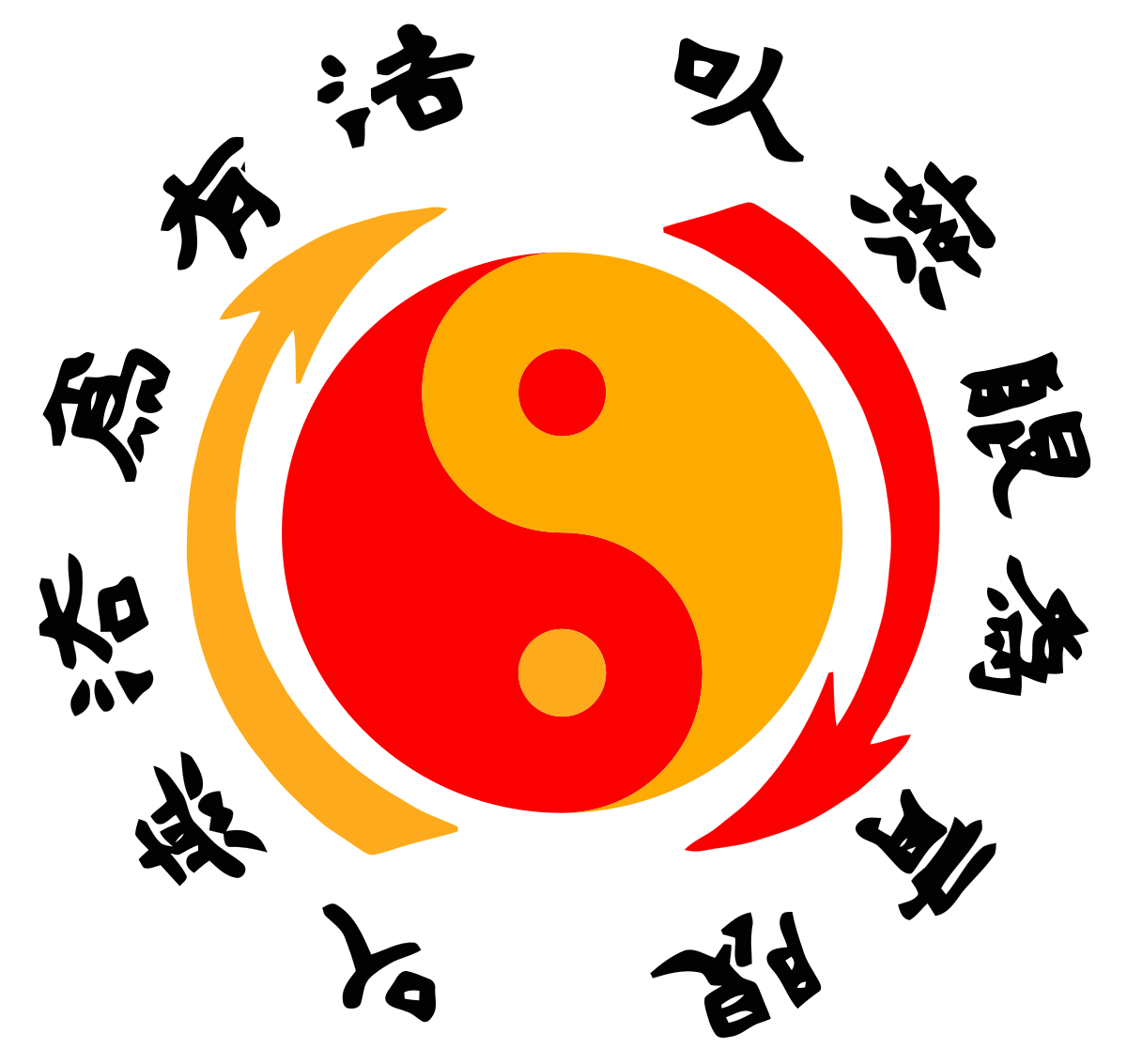How To Develop Your Own Fighting Style
What Is Your Fighting Style? This is a series of questions that will help determine what type of fighting style that you have.Perhaps, you're a peacemaker and wouldn't fight, but the quizis fun. Take it just to see what theoutcome is. You clean up the sketch and then do your line work in the style of artist “X”. When it comes time to color you use the bold color schemes of artist “Y” and the dramatic lights and darks of artist “Z”. When you finish the drawing it will be in a unique style that no one has ever seen before.

- Create an outline of the elements of the martial arts that you feel are most important to teach to your students. Incorporate as many components of the different styles as you wish, tweaking them to fit your personal style. Create a manual. Design a program that you will teach to your students and print it out.
- How do you create your fighting style? Determine your style’s worth - Why do you need a fighting style? What is it about the currently established styles that. Develop a process - Every creator has a process for creating something new. You need a set procedure based on science in.
In this article we are going to give you some simple tips to take your fighting techniques to the next level. It doesn’t mater if you are a beginner or an accomplished martial artist. If you apply the following principles they will make you a better fighter.
Why Improving Your Basic Fighting Techniques is So Important?
The answer is simple. Basic fighting techniques are the fundamental upon which you build everything else. If you master the basics, you are setting the foundations to become a great martial artist.
Martial arts, like it or not, evolves with time. The way martial artist approached combat and fighting 30 years ago, have very little to do with the modern martial artist approach.
In today’s competitive world, adapting techniques from different styles to your own is common practice between top martial artists. Some fighting techniques used in the seventies are now obsolete.
Physical condition and preparation have a fundamental role in the development of a modern martial artist. Mixed with actual advances in nutrition contributes to create a stronger, faster and more powerful martial artist than ever before.
One of the most fundamental rule to become a great fighter is to keep everything simple. Don’t over complicate things. If you are in a boxing distance, punch. If you are in a kicking distance, kick, and so on… Do you follow?
This basic and simple rule, will take you way ahead of the pack. Fundamentals are important. But even today you can see in many tournaments high “accomplished” martial artist breaking this basic fundamental rule.
To develop power and endurance nothing better than to work with heavy bags, thai pads, dummies like the century bob xl, and the practice of sparring.
The Impact of Boxing in Modern Martial Arts Fighting Techniques.
Boxing had made a great contribution to modern martial arts. Probably was Bruce Lee the first martial artist that noticed the superiority of boxing stance over other styles, and rapidly adopted it.
Boxing stance, punches and footwork have being adopted by the most successful martial artist of our time. Low stance positioning from classic martial arts are out. Modern fighters have a higher stance that gives greater mobility and better distance control.
What had Thai Boxing Fighting Techniques brought to The Martial Arts World?
Combination of powerful punches is important to win fights. If you want do develop devastating punching power learn from thai boxers. Hit through the target, not at the target. Forget about snapping your punches.
I know it looks cool, but effectiveness is close to zero. I am sorry to bring this out, but Bill Wallace days are over. Watch Thai fighters, and learn from them. If you want to develop power in your techniques, and have mobility at the same time, this is the way.
Better to be a Moving Target
On mobility and distance control, I haven’t seen anything superior to boxing. From the boxers learn to move forward, backward, side ways and to pivot on one foot without loosing balance. If you haven’t included jumping rope in your training, it wouldn’t be a bad idea to do so.
For shorter distance fighting it would be a good idea to learn grappling, projections, and floor basic techniques. There is a good chance that a fight without any rule to end up on the floor, and if you don’t know how to fight on the floor you are at a great disadvantage.
Analyze your fighting techniques to be a better fighter.
The use of video and constructive criticism from your Instructor or partners is of great help.
You should focus on knowing which are your strong points and weak points. Your fighting style should mold to that. A tiger fights like a tiger and an eagle fights like an eagle. Know which one are you!

Work on Your ability to adapt to your opponent. Distance, distance, distance, the fighter that control distance wins the fight. Learn to use all the ways of attack, be versatile. Learn to counter attack and ways to avoid counter attacks.Work on ways to improve your timing: there is a right time for everything and there is also a wrong time. Learn to use your tools at the right time.
How to analyze your opponent fighting techniques.
If you didn’t have the chance to see him fighting before, check his physical characteristics, is he tall, sort, strong, bulky, etc.


Use feints to see his reactions, find what is he good at, his most effective technique, less effective technique, at what fighting distance is he most comfortable, his style limitations and weak points.
Once you have studied your opponent fighting techniques, and know about his strenghts and weakness, try to carry the fight a distance were your techniques are stronger and his are weaker.

How To Create Your Own Fighting Style
This tips are basic, but many martial artist don’t know them or just simply forget them because they are “too basic”. Don’t make that mistake, learn and use these fundamental tips and you will see your fighting skills skyrocketing.